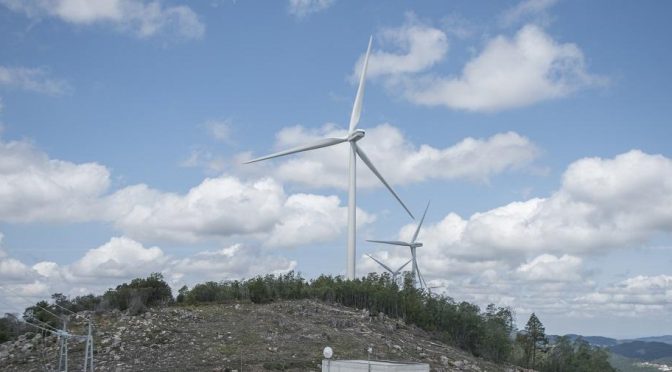In Portugal, renewables represent two thirds of all the generation capacity installed in the country. The first technology is hydroelectric, which accounts for 37% of all capacity, followed by wind power with 26%. The photovoltaic solar has a somewhat more testimonial role with a share of 1.6%.
Portugal’s starting point, in the face of the renewable revolution that is anticipated to pursue the objectives of reducing CO2 emissions, is somewhat more advanced than in the case of Spain, where renewables account for only 55% of all capacity . Even considering that Spain has 7 GW of nuclear power without CO2 emissions, the fraction of generation park without emissions only reaches 62%. It must also be taken into account that there are already plans for the closure of all Spanish nuclear capacity, so those 7 GW cannot be counted for the environmental objectives of 2030. For that year, if the plans are fulfilled, they should only 4 GW of nuclear operations remain.
The Portuguese electricity market was liberalized with the entry into force of the Iberian Electricity Market (MIBEL) on July 1, 2007. From that date on the MIBEL market, electricity is negotiated throughout the Iberian Peninsula. In general, to determine the hourly price, all offers from Spain and Portugal are taken into account. If the interconnection between the two countries is not saturated, the price of that hour for Spain and Portugal will be the same, that is, the market coupling takes place. On the other hand, if the interconnection becomes saturated, the market separation (“market splitting”) takes place and the price of both countries will be different.
The coupling between Spain and Portugal, that is, the percentage of hours of the year in which they had the same price, has been increasing over the years. In 2008 it reached only 38% of the hours but increased rapidly and in 2010 it was already 87%. As of the year 2014, the electricity prices of Spain and Portugal have coincided every year in a percentage greater than 90% of the hours. Since MIBEL began until today, the year in which a greater coupling between the two markets was achieved was 2015 with 98% of the hours.
The year of greatest demand for electricity in Portugal was 2010, when demand picked up to 52.2 TWh after falling slightly in 2009 at the beginning of the global economic crisis. In 2014, demand hit bottom with 48.8 TWh, a fall of 6.5% since 2010. Since then, demand has been slowly rising up to 50.8 TWh recorded in 2018, exceeding the demand for 2008 before the crisis , but that is still well below the 2010 values.
Comparing the demand for electricity with that of Spain, it can be said that Portugal led the crisis a little better. In Spain, demand also hit bottom in 2014, but here the fall from the maximum in 2008 was 8.3%.
Future of electricity generation in Portugal
According to the Integrated National Energy and Climate Plan (PNIEC) of Portugal, this country aims to increase the weight of renewable energies progressively so that, by 2030, 80% of electricity comes from renewable energy sources. For this year, it is estimated that the installed power in Portugal will add between 30.5 GW and 32.0 GW. Of these, between 8.2 GW and 8.7 GW are expected to be hydroelectric power, about 9.3 GW of wind power and about 9.0 GW of photovoltaic solar energy.
To achieve these objectives, the Portuguese government intends to increase the country’s solar energy production capacity by 2.0 GW in the next two years. An incentive to achieve this goal is renewable auctions, which has been widely talked about worldwide because of the lowest record prices of photovoltaics achieved in the last auction. In contrast, Spain has not organized any auctions since 2017, although the government’s intention is to start again with auctions on a more or less regular basis in order to achieve the objectives of the Spanish PNIEC.
The challenge for Portugal is great, being a relatively small country where surface requirements for wind and photovoltaic parks can complicate the installed capacity objectives of these technologies.


